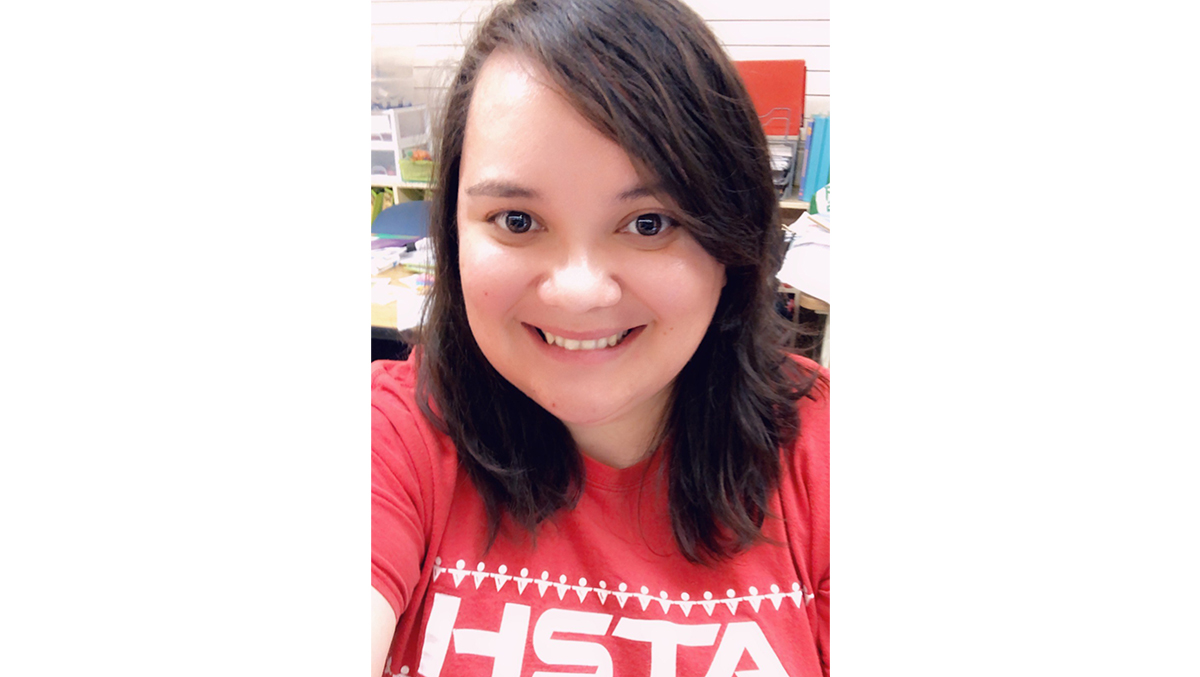As a first-year special education teacher, I have gone through what could only be considered a gamut of feelings.
Excitement. Anger. Despair. Exhaustion. Happiness.
Overall, I felt like I was swimming around in circles trying to reach a life vest and never quite reaching it. If I felt that way, why would I be teaching, especially special education? Don’t get me wrong. I love my job. I love my kids. I love what I do. I just feel completely overwhelmed with everything that is required.
Having just come from student teaching and graduating, I felt that I was set and ready to take on the world and my own classroom.
I was not prepared for the feeling of failure.
They tried. My professors warned me that there was no such thing as a perfect lesson and that I needed to be ready for everything to go wrong. However, there is quite a difference between prepping for a classroom that is run by your mentor and one that is run by you.
There is no way to prepare for the moment when your student tells you that they didn’t eat all weekend or that they have been absent because they didn’t have a ride to school.
Then there are the required elements of my job. Data binders are needed to see the progress of every student, and if their data is behavioral, it will need to be taken in both my classroom and their general education room. Individual Education Programs (IEPs) must be met and followed. Accommodations and modifications must be created and used not only in my class, but in their general education classroom as well.
Then there are SpEd meetings, IEP creations, IEP re-evaluations, eligibility meetings, IEP meetings, and this year there is an additional expectation that all new SpEd teachers attend monthly trainings.
It feels as if I’m out every month due to one training or another. As this is my first year, I have nothing in my classroom. I work at a Title 1 school which means the school has to work with very little. Everything that my students get or work with comes out of my educational assistants’ (EA) or my pocket. They never tell you that in college.
Yet, there is joy in the little things. I had a student who I swear hated me. The student refused to follow directions and would only listen to my EA. I finally did what every book, class, professor, and workshop tells you not to do. I engaged in a power struggle. The student had been disruptive and engaged in off-task behavior all morning—rolling on the floor, walking up to students who were on task, and engaging them in conversation to get them off task.
All I could do was redirect the student to sit back down and focus. It was the most exhausting hour and a half of my life.
At lunch time, as all the other students left, I told this student, ‘Because you decided to engage in free time during work time, you will be working during your free time.’ The student was not happy and proceeded to argue.
I understand why they tell you not to engage. Students will push every single button while you have to be the professional adult and be selective of the words you use. It wasn’t until I finally got down on my knees and said the student could make choices I disagree with, but I wasn’t going anywhere. We had lunch together, and that changed things. The student completed the work during free time later that day.
A month later, when I got tackled with a hug right before Christmas break, I pretty much ugly cried.
I struggle daily with what kind of teacher I am. Am I sure that my students are getting the services that they need? Am I making learning engaging for them? Did they understand the lesson? Is there a different way to teach it? I’m sure that I drive my friends (who are teachers), mentors, and coworkers crazy asking them questions.
I tell my students that they can become more confident at their work by not being afraid to ask questions. I’m learning day by day that questioning myself is part of reflecting as a teacher. Some days, I swear that I will never return to the classroom. However, I’m always back the next day, because every day is a fresh start.
Have you ever felt like you’re stuck in a chest that’s locked and you can’t get out? And you’re screaming and no one can hear you? Better yet, this chest has been thrown into the ocean and now you’re just trying not to drown?
Wow, that got dark quickly.
It’s always said that the first year is the hardest, between discovering one’s classroom management, Common Core Standards, legally binding IEPs, curriculum, school, and classroom culture. What shouldn’t be hard is finding someone to connect with and having them understand where we come from as the newbies. Find that friend or group of friends who will understand your frustrations, friends who will be excited when the small things happen.
HSTA and Supporting Hawaii’s New Educators (SHiNE) host events where new educators can come together and get to know one another. Sometimes it only takes that one person to really understand how we feel to know that we’re not drowning anymore. I know that I would not have made it without my friends. They have saved my life and the lives of my students more than all of us can count.
In my first semester of teaching, I have gone through what could only be considered a gamut of feelings.
Excitement. Anger. Despair. Exhaustion.
Happiness.
If you are an HSTA member with one to three years of experience teaching in Hawaii and would like to get involved in HSTA’s SHiNE program, please email shine@hsta.org.

